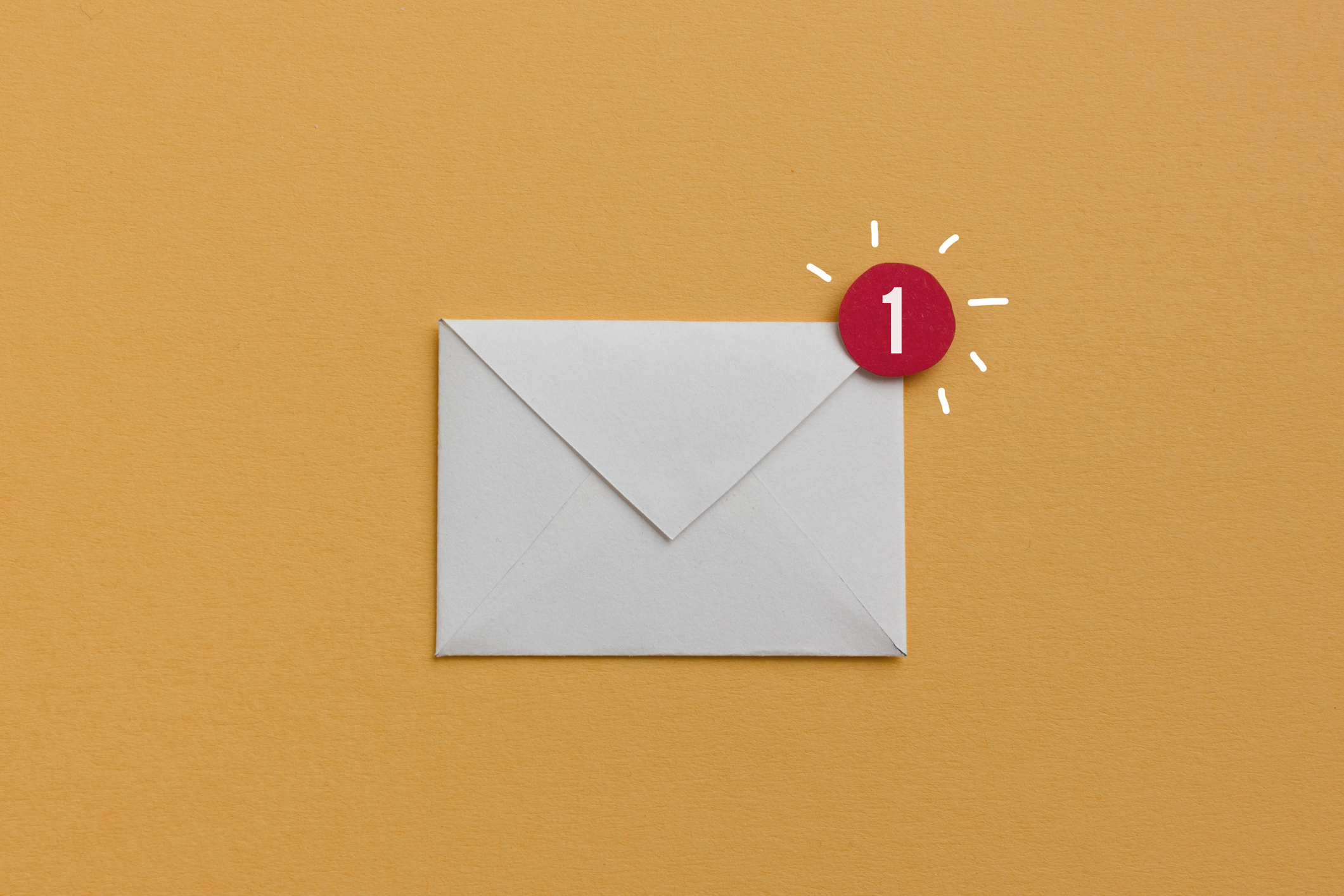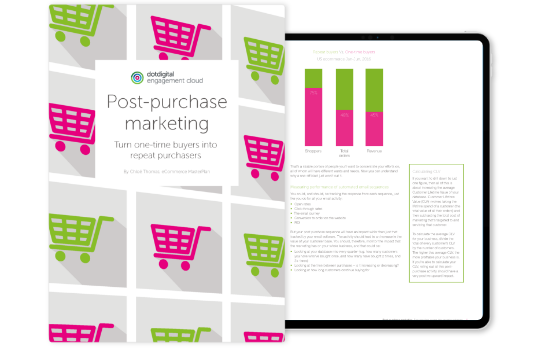Post-sale email marketing – how to dramatically increase your ROI


Post-sale email marketing is about amplifying customer value – both for your brand and your customers. Once the first purchase is made, it’s time to start using email marketing to reassure customers, build loyalty, and drive repeat purchases; through cross-sells, up-sells, and referrals. With post-purchase marketing, it’s all about that feel-good factor – reassuring customers that you’re the right brand for them.
Because brands that don’t take their customer engagement further, and follow up after a purchase, will lose more customers quicker in the long run.
What should brands include in their post-purchase email marketing?
Ask yourself these questions:
- Do you send triggered emails following a purchase to reassure customers and build customer loyalty?
- Are your customers kept informed on the progress of their online order, through the use of timely emails?
- Does your marketing team send customers targeted, follow-up email marketing messages within four weeks of their online purchase. Is the content based on the item they purchased?
Do it like Amazon
Amazon sets the post-sale experience bar really high. That’s why customers keep coming back for more.
So why does Amazon get it so right?
For one, customers are super-receptive to post-sale email marketing. But unlike Amazon, many retails don’t take full advantage of this period to create customer loyalty and drive more additional revenue. Those that do use the opportunity to serve customers some engaging and relevant content, which adds value to the purchase they made. Things like:
- simple, relevant order updates
- useful delivery information
- bringing products to life through storytelling
- offering help if something goes wrong
- asking for feedback on product and service
- cross-upselling to complement the experience
All these points have one thing in common: they meet those all-important future expectations. Whether it’s updating customers on what they need to know when, connecting through different channels, or renewing delightful customer experiences, Amazon hits the nail on the head. You can too.
Post-sale email marketing best practice
- Invite website users to sign up to your email marketing/e-newsletters while they are in the checkout process. Users are engaged with your site and products at this point, so are likely to subscribe to future offers.
- Use the checkout process to incentivize customers to sign up to your email marketing. Offer them loyalty points, discounts off future purchases, or exclusive special offers or previews when they subscribe.
- Send a triggered order confirmation email immediately after an online purchase. This is expected behavior and failure to do so may result in order cancellations.
- Send a triggered ‘item dispatched’ email. Keeping customers informed on the status of their order helps to build trust, loyalty, referrals, and repeat purchases.
- Send targeted post-sale email marketing campaigns, based on the items a recipient ordered. Once you know what a customer has ordered, you have the chance to begin targeting offers that will help drive upsell, cross-sell, and repeat purchases. Don’t waste this chance – use effective product recommendations like ‘best next’, ‘also bought’, and more.
- Use customer surveys as part of your post-sale messages to collect valuable data on the customer experience and help build loyalty and trust.
What to look for in an omnichannel marketing provider
Your cross-channel marketing automation provider should enable you to import transactional data so you can segment post-sale email marketing campaigns based on purchase activity. Plus, you should be able to send different content to different groups of purchasers, e.g. male vs. female, clothing vs. household goods, etc.
Look for a solution that can also enable you to set up dynamic content based on your customers’ transactional data and automatically target aftersales content and offers.
Want more post-sale email marketing advice? Check out our guide on post-purchase marketing here.




